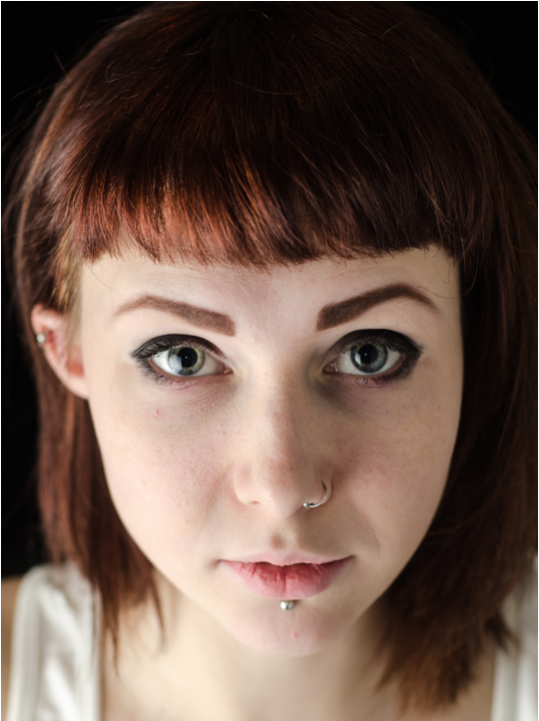
7
Apr
Lip Piercing and Mouth Piercing History
0
0
0
A practice that involves puncturing of body parts thus creating an opening for wearing of jewelry; body piercing is an age long practice with the intention of achieving religious, spiritual, sexual, and/or aesthetic purposes. Some of them such as ear piercing and nose piercing have been in existence for over 5000 years, while others are recently introduced along with the civilization of the 21st century. Other forms of body piercing include lip piercing, tongue piercing, navel piercing, nipple, and genital piercing.
A lip piercing and mouth piercing involves the artificial creation of a hole on the lips or its surrounding areas for the purpose of inserting an adornment (lip studs). The hole can be created anywhere around the mouth, however, the surface of the lips is spared. Different names are given to different piercing such as Monroe piercing, Labret piercing, Madonna piercing, Jestrum piercing, Vertical Labret piercing, Spider bite piercing, a Scrumper, Medusa piercing, etc. Tongue piercing, on the other hand, is the creation of a hole directly in the center of the tongue.

The lip piercing history dated back to some cultures both in Africa and the Americas. It is a common practice among the people of Papua New Guinea, the Dongon people of Mali, the Nuba of Sudan and Ethiopia. Also found among the people of the Amazon basin in South America. In the Pre-Columbian era, the people of South America, and some tribes in Malawi had a practice whereby lips are stretched by piercing and insertion of plates or plugs. This type of plate (lip disc) is called “pelele” in Malawi.
The Dogon people of Mali pierce their lips to symbolize the world’s creation by their ancestor spirit. The myth surrounding this was that Noomi (a goddess) wove a thread through her teeth, and transformed into speech when it came out. In other cultures, it’s a ritual practice to pierce lips. The Makololo women (people of Southern Africa) beautify themselves by wearing plates (pelele) in their upper lips. This plate is usually inserted by the potential husband about six months before marriage. This is a betrothal rite and the bigger the plate, the more the dowry.
The ancient Aztecs (in central Mexico) and Mayans (in southern Mexico) practiced a series of body modifications as a ritual or ceremonial practice. Lip piercing is one of such modifications. Males who were intended to join the military got their lips pierced at a tender age. An ornament is then placed and stretched as they brought more war prisoners. They reserved labret piercing for the males of the higher castes. These people wore beautiful, serpent-shaped gold labrets with stones inset. Immediately after the piercing, no ornament is placed to allow for more bloodletting aimed at appeasing the deities.
Lip piercing is an ancient practice that has spiritual and mythological histories surrounding it. It is however still being practiced in the modern society of today mainly for aesthetic purposes.